Did you know that you lose most of your taste buds while you are on an airplane? The combination of humidity, air pressure, and noise means that you aren’t able to taste sweet or salty food properly. And I bet you wouldn’t have guessed that Lego blocks are stronger than concrete. They are made of a special plastic that can withstand massive amounts of compression. So why aren’t we using them to construct buildings?
We’ve compiled some of the most interesting pieces of information from the world of science, medicine, history, and more. These will prepare you for any trivia night and have your friends calling you a genius.
Stay tuned as we dive into 25 astonishing random facts that will leave you in awe.

Fold paper 42 times to reach the moon

Every time you fold a piece of paper, the width of it doubles. But how many times would you have to fold it to reach the moon? Considering that the moon is about 340,000 miles away, most people guess a pretty high number. The answer is much lower. Because the growth is exponential, you would reach the moon in just 42 folds. In fact, after 20 folds in, the paper would already be over 6 miles tall — that’s higher than Mount Everest.
The Queen was a trained mechanic

Queen Elizabeth is probably the last person you would think of to fix your car. But she could have. When she was still a princess, Elizabeth the Second learned the skills of car repairs, including engines and tires. It was part of a course to join the Auxiliary Territorial Service during World War Two. Her work earned her the nickname “Princess Auto Mechanic.”
You could be drinking water older than the solar system

Despite being an essential ingredient to life, there have been many mysteries about exactly how water made its way to Earth. The leading theory was that asteroids or comets colliding with Earth transported ice with them. Plus, a huge amount of water has been found in an interstellar cloud over 1,300 light-years away. This is the ‘missing link’ researchers have been looking for, confirming that water comes from gasses and dust in between stars that would be billions of years older than our own solar system. Every time you have a glass of water, you are drinking something more ancient than the sun!
Congress had its own bootlegger during Prohibition
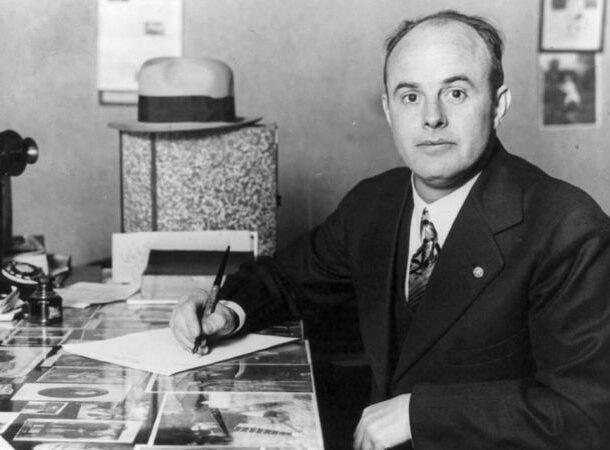
Do as I say, not as I do. During Prohibition, the manufacture, sale, or transport of alcohol was against the law. Technically, it was still legal to consume it, especially in the privacy of your own home. So, when the powerful leaders of the country wanted a drink, they needed a reliable source. That’s where George L. Cassiday came in, also known as the “Man in the Green Hat.” He supplied Congressmen with whiskey, bourbon, gin, and other spirits daily. When he went public with his story, he revealed that “four out of five” senators and congressmen were drinking during Prohibition. His story helped influence an election and have Prohibition repealed.
The liver can regrow in three months
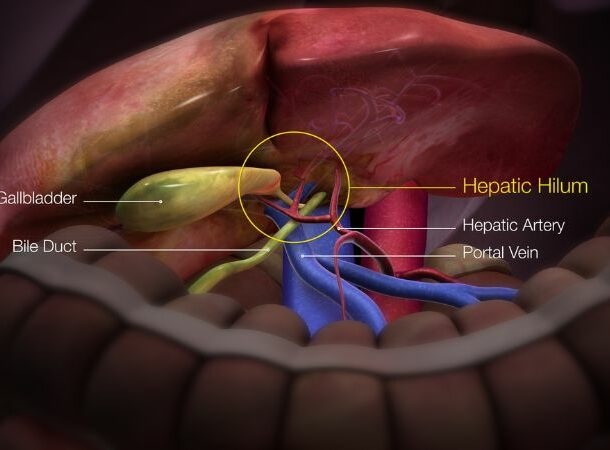
The liver produces bile to enable fat digestion, detoxifies harmful substances, and acts as an energy store for the body. It’s also remarkably resilient. After being damaged, it can grow back at an astonishing rate. Even after a partial transplant, researchers found that the liver is restored to its normal size after around 3 months. That doesn’t mean you can completely neglect your liver. But it is good to know.
A straight line doesn't exist
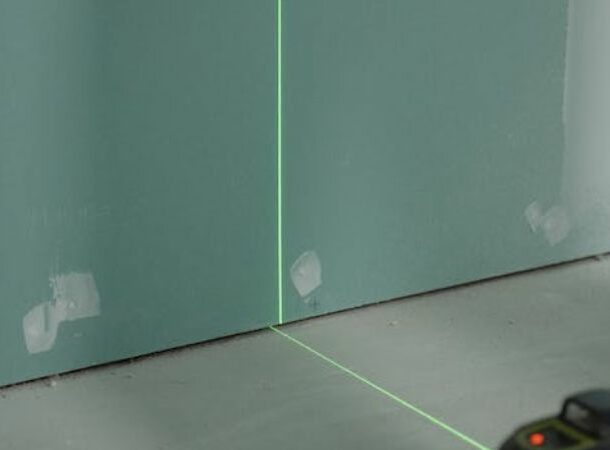
Nothing we know of is perfectly straight. Once you zoom in closely, even the lines and blocks on your computer screen have imperfections. Shooting a laser beam doesn’t get around the problem either, it produces a stream of light that is slightly bent from the gravitational field on Earth. If that’s tough to compute, just wait until you learn about the magnetic poles shifting. That’s coming up at number 15.
There were over 600 attempts to kill Fidel Castro

The Cuban leader Fidel Castro had more than his fair share of enemies. Top of the list were leaders from the United States, who did everything in their power to try and bring him down. The plots ranged from exploding cigars and LSD poisoning to a ‘heart attack gun.’ Despite all the efforts, none of them worked. And Castro lived to the ripe old age of 90, dying in 2016 from natural causes.
You produce enough saliva to fill a swimming pool

The body produces a lot of saliva. It’s an automatic response to food because it helps to lubricate our mouths, filled with enzymes and antibacterial compounds helping to break down food. Over a lifetime, we produce an average of around 20,000 liters of saliva — that’s enough to fill a normal-sized backyard swimming pool!
Hot water freezes faster than cold water
 You produce enough saliva to fill a swimming pool
You produce enough saliva to fill a swimming pool It’s called the Mpemba effect, named after a Tanzanian scientist who did the first systematic study on the subject. While still a student, Mpemba discovered that hot water freezes faster than cold water. After following up with his professors, it led to decades of research. Scientists believe that there could be two reasons for the observation. Either polar hydrogen bonds are destroyed when water heats up, meaning it takes less energy to cool down. Or hot water evaporates quicker than cold water, reducing the volume and the time to freeze it. Either way, it’s something that not many young physics students would have predicted.
There are more stars in the universe than grains of sand on Earth
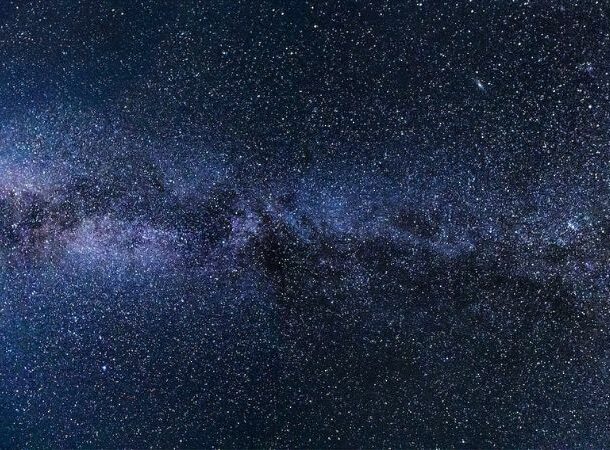
The universe is big. Unfathomably big. If you were to count every single grain of sand on the planet, scientists estimate you would get to a number around 7.5 sextillion — that’s a number with 17 zeros. But that’s nothing compared to the estimated number of stars, which is 70 septillion — or 23 zeros.
Earth's poles are flipping
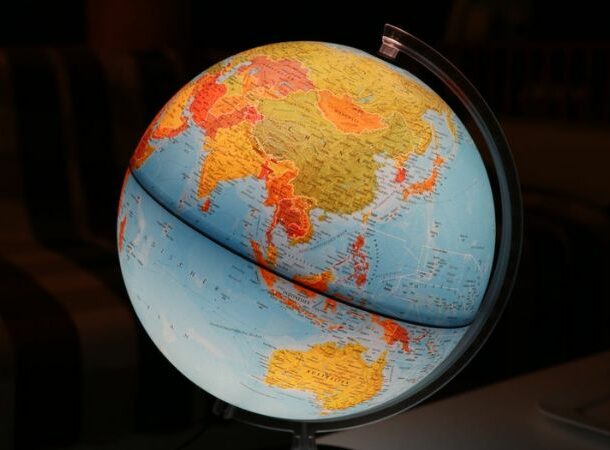
The magnetosphere is a protective layer shielding the Earth from the sun. But these forces are in a constant state of flux, meaning that the north and south poles are incrementally moving. On average, every 300,000 years, the poles completely flip. The last time this happened was 780,000 years ago. When it happens, our planet can be more exposed to solar radiation and a number of different magnetic poles could pop up in different locations.
You lose your taste buds on the plane

There’s a reason why plane food is always bland. And it’s not just the cheap, manufactured ingredients. 35,000 feet in the air and in a pressurized cabin, there are a few things that reduce the sensitivity of our taste buds. The lower humidity, air pressure, and even the constant background noise, all have an influence on how we experience taste. One study from a German physics department emulated the same conditions of an airplane and found that subjects lost their sensitivity to salty and sweet tastes. Meanwhile, the sense of sour, spicy, or bitter remained strong.
Wild pigs do $1 billion worth of damage in the US every year
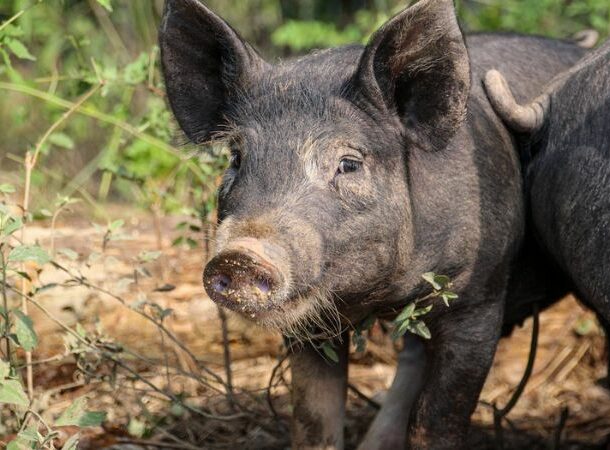
There are around 7 million feral pigs in the world. 2.6 million of these are concentrated not just in the United States, but in Texas alone. These animals wreak havoc on the economy by destroying crops, landscaping, and other resources. Nationwide, they are responsible for an estimated $1.5 billion of damage. That’s a lot of money. But it’s nothing compared to the value of raining diamonds on Saturn. Stick around until number 6 for that.
Cisco made the first iPhone

Apple’s iPhone is one of the most revolutionary products of the 21st century. But did you know that it wasn’t the first product to have the iPhone name? Back in 2007, when Apple showcased the iPhone at the Macworld Conference & Expo, Cisco took the company to court. Cisco had already been using the name ‘iPhone’ for a cordless network phone. Steve Jobs even called up Cisco executives to try and persuade them to let go of the name. Eventually, after a lawsuit, they came to an agreement for both companies to use the name.
Astronauts are exposed to the radiation of 6,000 x-rays
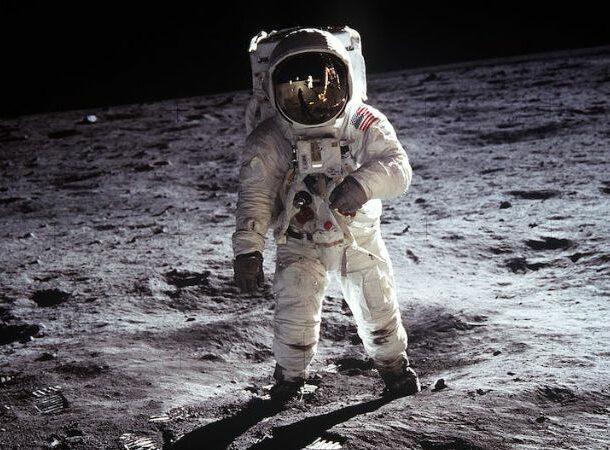
Going outside the Earth’s atmosphere leaves the body exposed to the extreme conditions of space. One of the biggest is radiation. Astronauts are hit by radiation which is equal to having 6,000 chest x-rays. This can have long-term consequences, like cancer, problems with the central nervous system, and other effects. To protect astronauts, special sunscreen and a radiation shield have been developed.
Oranges aren't natural fruits
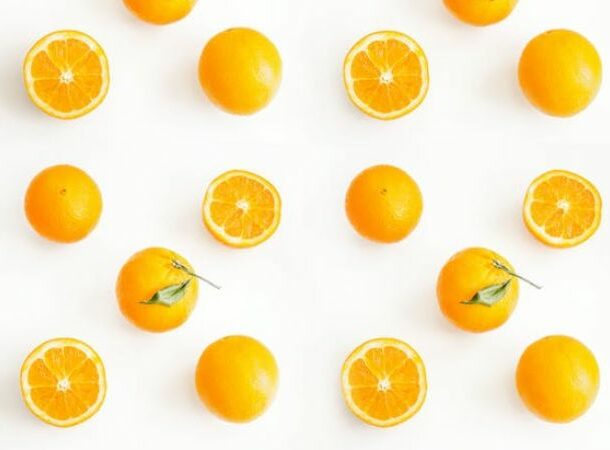
Sweet oranges might be a staple of breakfast around the world today. But go back a couple thousand years and they didn’t even exist. That’s right. Oranges never appeared in the wild, anywhere. They are the product of a hybrid between a mandarin and a pomelo. Every variety that we have today is a descendant of this ancient prototype. It came from China, and there are references to sweet oranges as early as the 4th century — more than 1700 years ago.
Seven people hold the keys to the internet

The Domain Name System gives websites names instead of a collection of numbers, acting like a kind of phone book. At the heart of this system is a group of 7 key holders, each of them scattered around the world, who meet four times a year. These keys include a metal key to a safe that houses a smart card to activate a special machine to create new master passwords. The Domain Name System is accessed when all 7 keys are put together.
Every card shuffle is a new combination
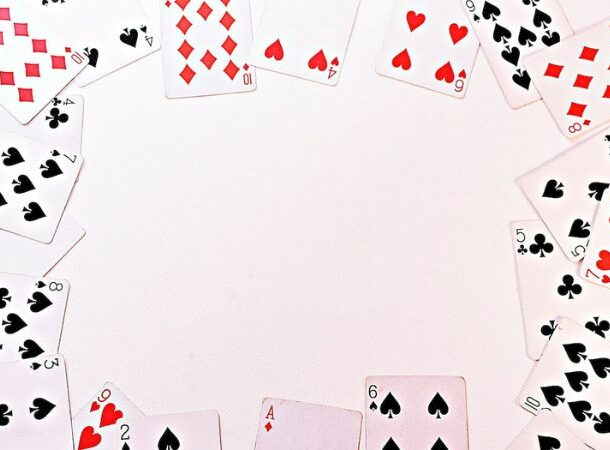
If you shuffle a deck properly, then you create a ‘unique’ combination of cards. By unique, I mean a combination that no one has ever had before — or probably will ever have again. With a deck of just 52 cards, the total number of combinations is 8 followed by 67 zeros. That’s more combinations than atoms there are atoms on Earth.
Hippos can't swim
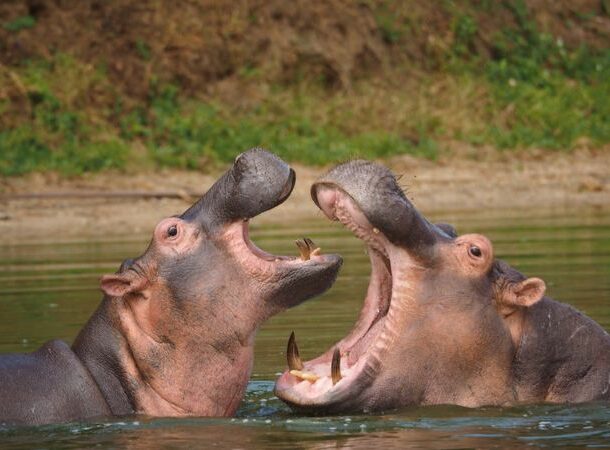
When you picture a hippopotamus, you probably imagine a river or lake. While this is certainly their habitat, hippos can’t actually swim. They can’t breathe underwater or even float. Believe it or not, hippos are much quicker on land. Despite weighing up to 10,000 pounds, they can travel at speeds of 22 miles per hour. Coming up in the top 5: how a man survived both atomic bombs, how many millions of years sharks go back, and which living animal is the closest relative to the T-Rex.
Some planets make diamond rain
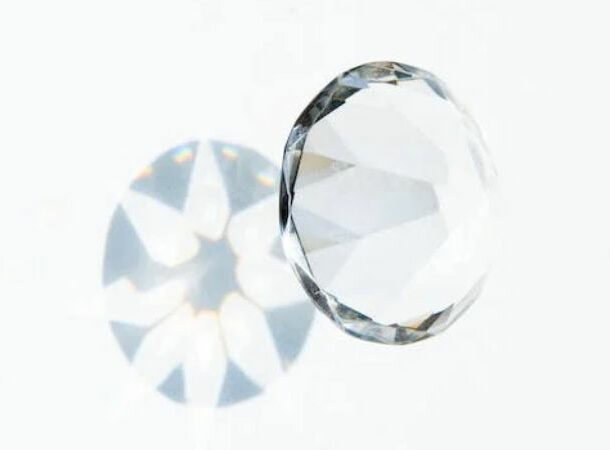
On Earth, naturally-formed diamonds are created deep underground and transported higher by volcanic magma. On planets like Jupiter and Saturn, they come from the sky. The storms of Saturn provide the perfect environment. Methane gas is transformed into carbon soot by lightning storms, which then turns into graphite from the high pressures. As the pressure ratchets up, this graphite finally becomes hardened diamonds. One researcher estimated that 2.2 million pounds of diamonds rain from Saturn’s atmosphere every year.
One man who survived two atomic bombs

Tsutomu Yamaguchi was either one of the luckiest or unluckiest men in history. He was a Japanese naval engineer, working for Mitsubishi in 1945. While visiting Hiroshima for a business trip, the United States dropped the first atomic bomb on the city. He was under two miles from where the bomb landed but survived. The following day, he made his way back to Nagasaki, where he lived. In a horrifying stroke of bad luck, it was the city that the US decided to bomb next, just three days after Hiroshima. Once again, Yamaguchi was within two miles of the detonation zone, however this time he was better sheltered inside Mitsubishi’s office building. He went on to be a translator, writer, poet, and an advocate against nuclear weapons.
Lego bricks withstand compression better than concrete

You might not have thought of it playing with Legos as a kid, but those plastic blocks have some serious strength. The type of plastic used in Lego is called acrylonitrile butadiene styrene, which is actually stronger than concrete. One group of researchers found that one Lego brick can withstand the weight of 375,000 other bricks before it fails. The reason why this material isn’t used to construct buildings is because it would be much more expensive.
Sharks existed before trees
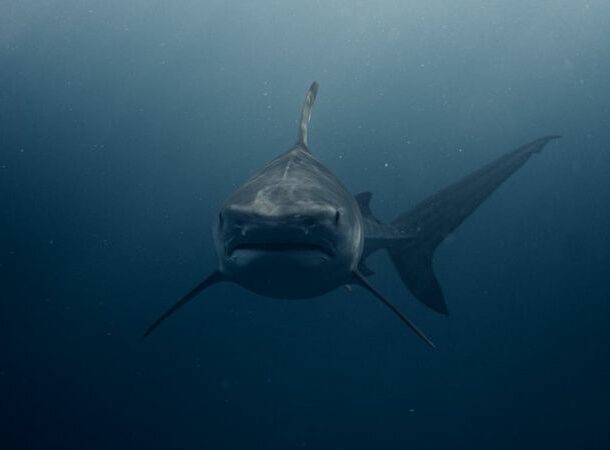
The earliest evidence of trees is found between 345 to 360 million years ago. Sharks, on the other hand, are even older. They have been traced back to at least 450 million years ago. Sharks have survived five different mass extinction events. Around 150 million years ago, the supercontinent Pangaea fractured, creating the Atlantic Ocean. That means that sharks are older than some of the water they swim in!
People in Victorian England took pictures of dead relatives
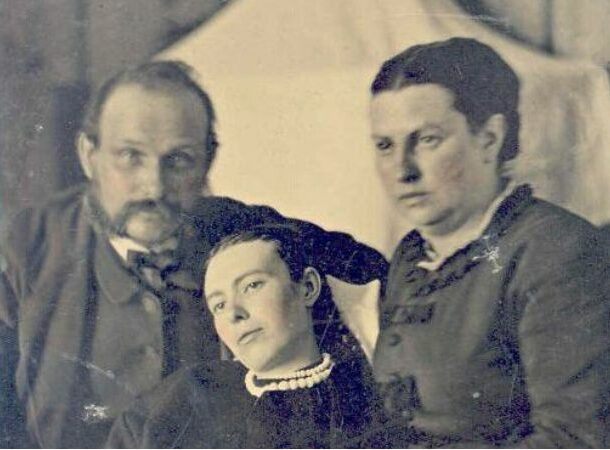
During the Victorian era of the 19th century, photography was becoming popular among people of all classes. As the costs came down, people were able to have their pictures taken for a variety of occasions. The biggest of those was often death. It became normal to have relatives photographed — after they died. It was seen as a last chance to preserve their image, especially of children. The body would be positioned upright, dressed, and sometimes eyes would even be painted onto the photograph afterward.
Chickens are the closest living relative of the T-rex

In 2003, when scientists found a fossil of a chicken dating back 68 million years, DNA analysis revealed a distant ancestor. It was found that chickens are the closest living relative of the Tyrannosaurus Rex, or T. Rex — a dinosaur that roamed the earth 65 million years ago, measuring almost 40 feet tall and with teeth the size of bananas. Chickens are nowhere near as dangerous, but they share sharp claws and walk on two legs, just as their ancestors did.



























